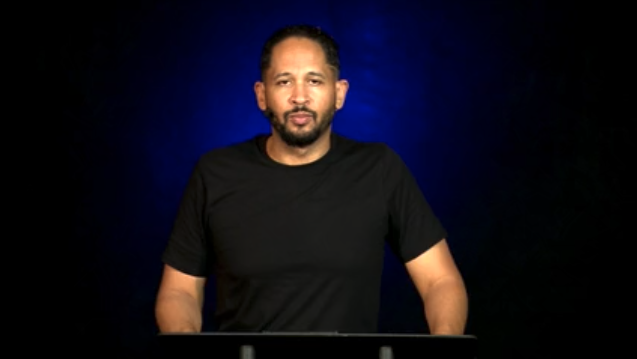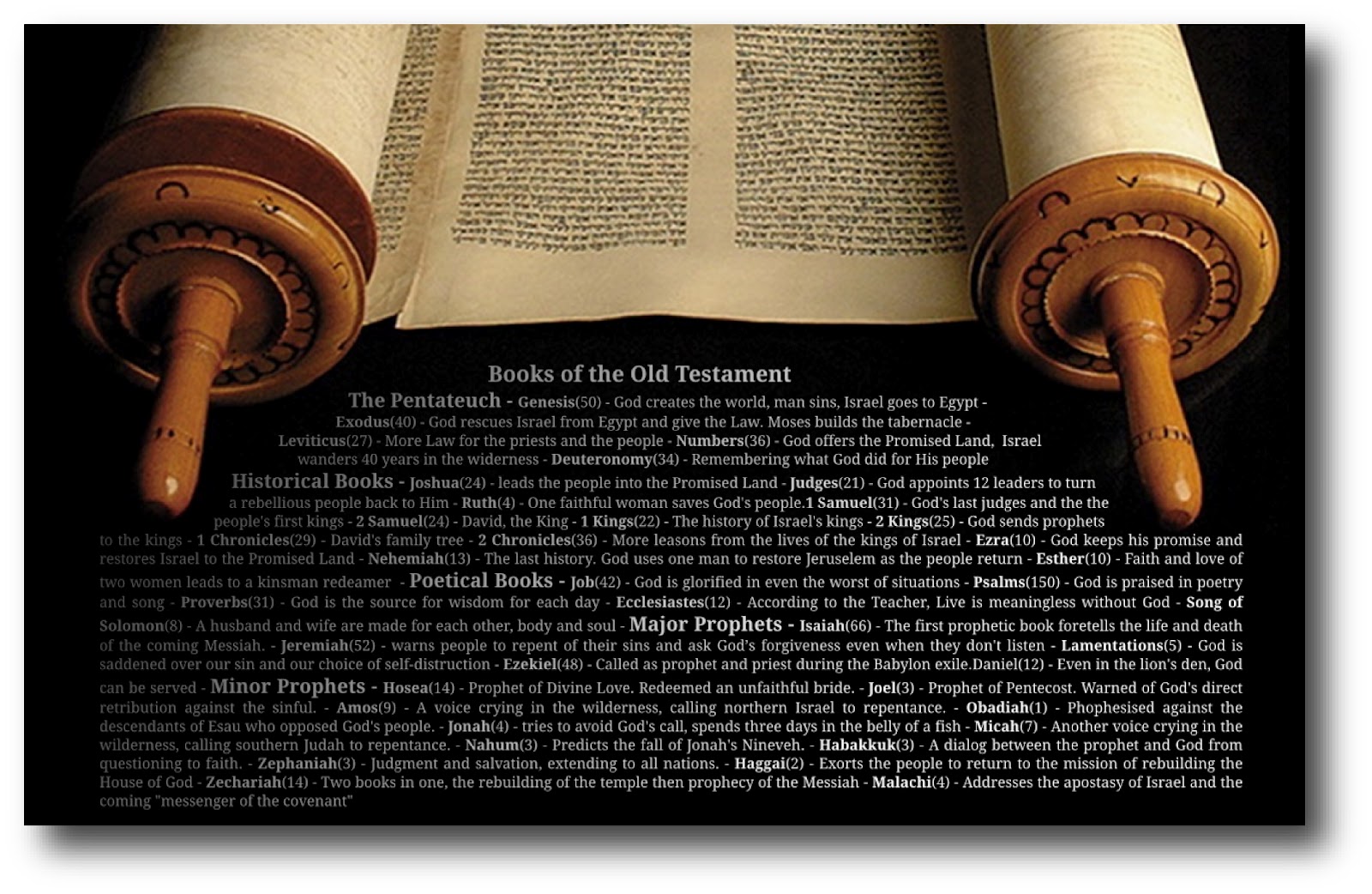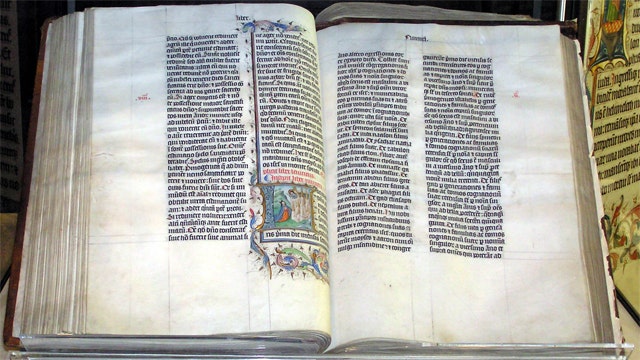


Have them look up each item in the Bible Dictionary and then identify or describe it briefly. Give each group a copy of this chart with the items rearranged (they are now in chronological order). The period between the end of the Old Testament and the beginning of the New Testament is known as the “intertestamental period.” The following activity is designed to help students understand the significance of this period to their study of the New Testament. Knowing the background of the intertestamental period helps us better understand the New Testament. New Testament Video presentation 3, “New Testament Setting” (12:45), can be used in teaching the religious and political climate at the time of Christ (see New Testament Video Guide for teaching suggestions). “The Intertestamental Period,” 283–85 in this manual.Ĭhoose from the following ideas, or use some of your own, as you prepare lessons on the intertestamental period. Just as in our day, there were many religious groups in the Holy Land in New Testament times. Knowing the background of the intertestamental period helps us better understand the New Testament.Īlthough many still yearned for the coming of the Messiah during this period, apostasy and misunderstanding caused many Jews to “look beyond the mark” and reject Jesus Christ as the Messiah (see Matthew 16:13–16 Jacob 4:14).Īlthough many Jews greatly disliked Samaritans and Gentiles, the gospel of Jesus Christ brings all people together as children of God (see Acts 10:34–35). Some Important Gospel Principles to Look For

Prayerfully study “The Intertestamental Period” (pp. 283–85) and consider the following principles before preparing your lessons.

Also, this period saw the rise of the Pharisees and Sadducees and an increase in the influence of the scribes. The Old Testament was translated into a Greek version called the Septuagint, which is the version most often quoted in the New Testament. After the Babylonian captivity Judea was ruled in turn by the Persians, the Greeks, the Egyptians, the Syrians, and the Romans, with a brief period of self-rule under the Hasmoneans. Much happened during this period that affects our understanding of the New Testament, so it is important to be familiar with at least the major events that occurred in this intertestamental period. Between Malachi and Matthew, four hundred years passed in the Holy Land for which we have no prophetic record.


 0 kommentar(er)
0 kommentar(er)
